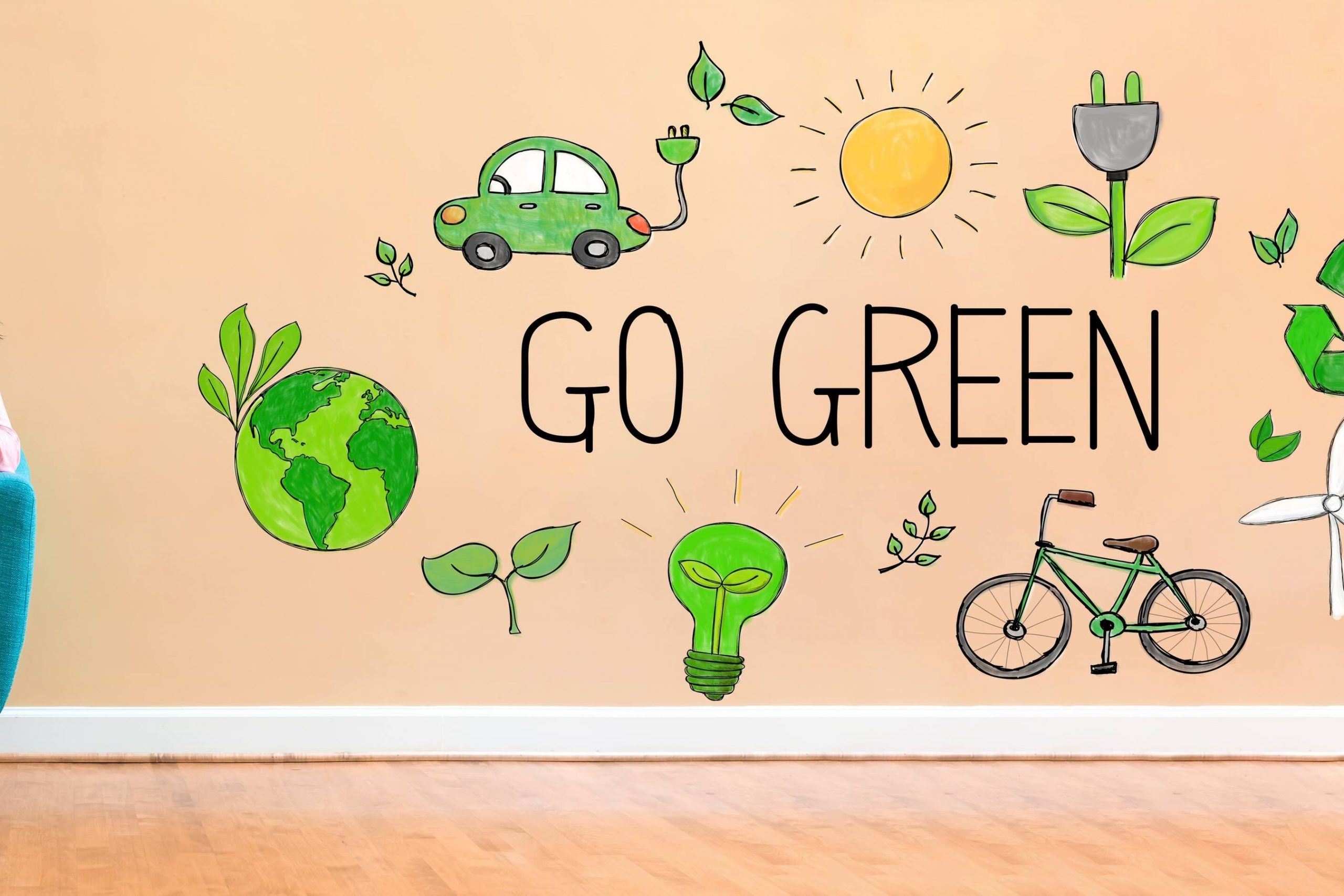Dr. Seema Javed
 The Union Cabinet has approved India’s updated Nationally Determined Contribution (NDC) under the Paris Agreement.
The Union Cabinet has approved India’s updated Nationally Determined Contribution (NDC) under the Paris Agreement.
According to the updated NDC -India now stands committed to reduce Emissions Intensity of its GDP by 45 percent by 2030, from 2005 level and Achieve about 50 percent cumulative electric power installed capacity from non-fossil fuel-based energy resources by 2030. To further a healthy and sustainable lifestyle, ‘LIFE’– ‘Lifestyle for Environment’ as a key to combating climate change” has been added to India’s NDC.
NDCs are ‘Nationally Determined Contributions’ and they represent the commitments of each country to reduce greenhouse gas emissions and adapt to climate change. They were agreed to by countries during the Climate Change Conference of the Parties (COP) in Paris in 2015, a commitment known as ‘The Paris Agreement’.

-
Cumulative electric power installed capacity from non-fossil sources to reach 40%;
-
Reduce the emissions intensity of GDP by 33 to 35 percent compared to 2005 levels and
-
Create an additional carbon sink of 2.5 to 3 billion tonnes of CO2 equivalent through additional forest and tree cover.
Madhura Joshi, Senior Associate, India Energy Transition Lead, E3G says, “At COP26, Prime Minister Modi announced ambitious Panchamrits focussing on actions required this decade to meet India’s development needs and secure a low carbon future. These included: 500GW of non-fossil fuel capacity; 50% of installed renewables capacity, reducing 1bn tonnes of CO2 emissions, 45% emissions intensity reduction over 2005 levels all by 2030, and achieving net-zero emissions by 2070.
Aarti Khosla, Director Climate Trends says, “India’s updated NDC targets are a welcome move and include 50% of non-fossil fuel capacity and 45% emissions intensity reduction by 2030. These targets, while lower than the panchamrits, are actionable. A reiteration of the renewables focus would have provided a fresh impetus for the renewables sector. But hopefully, the updated NDC will lay the path for achieving and exceeding PM Modi’s vision.
The target of having 50pc installed capacity of non fossil fuel based targets by 2030, compared with 40pc non fossil fuel based targets we have today shows that while the direction of travel is good, the pace could have been faster. The formal submission also doesn’t include the target of 500GW of non fossil based (and 450GW of renewables based energy) which has also been often discussed as the country’s defacto ambition on climate targets. Let us hope that more ambition gets enshrined in the submission of long term strategy which is also due’’
“India’s updated NDC does not include all the panchamrita promises made at COP26 in Glasgow. While, the government revised NDC includes 45% emission intensity reduction by 2030 from 2005 levels and 50% non fossil fuel based electricity capacity mix by 2030, and also rightly emphasises the different schemes through which these targets can be improved and mass movement for LIFE as a key to combating climate change, it falls short of some actionable targets.
Vibhuti Garg, Energy Economist & India Lead, Institute for Energy Economics and Financial Analysis
The revised NDC does not include 500GW of non-fossil fuel based capacity by 2030 and a reduction of 1 billion tonnes of carbon emissions by 2030. The current renewable energy target stands at 175GW by 2030. In order to achieve 2070 net zero goals, India needs actionable short term targets till 2030 that can help the country to achieve its long term goal.
India needs more demand side and supply side push. Increasing RPO obligation will give the demand push and having 2030 renewable energy targets, would give the much needed supply side push. While the country is moving in the right direction to increase clean energy share, some supply side targets would give better direction to various stakeholders.”
Also Read : Mind Master Program for emotional and spiritual growth
Balasubramanian Viswanathan, Policy Advisor, International Institute for Sustainable Development says,
“It’s great to see India reaffirm its climate commitments officially through its updated NDCs. The objectives themselves, however, were well communicated since last year’s COP. We hope to see the NDC provide more detail on implementation pathways – in particular, goals to align public financial flows with announced targets on energy transition, to leverage private finance. This includes shifting subsidies to clean energy, mandating SOE investments in clean energy and increasing targets on public finance for clean energy. With an upcoming COP and a G20 summit in India next year, these actions can strengthen India’s negotiating power, especially around climate finance from the global north.”
 Jubilee Post News & Views
Jubilee Post News & Views





